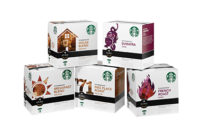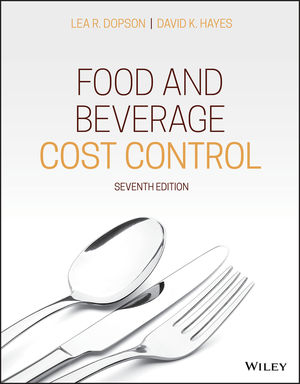Report depicts new rules for CPG brands, retailers
Positive 2012 sales for food, beverage, household products, report states

Retailers and consumer packaged goods (CPG) companies are dealing with new rules of consumer engagement as they seize opportunities from advanced technology and the digitally connected consumer, according to the 2013 Financial Performance Report titled “Growth Strategies: Unlocking the Power of the Consumer” by the Grocery Manufacturers Association (GMA), Washington, D.C., and PwC US, New York. Despite the overall slowing of net sales growth rates in 2012, the report notes that food, beverage and household products companies experienced positive net sales growth of 7.0 percent, 5.5 percent and 3.2 percent, respectively.
According to the report, leading CPG companies and retailers benefit from responding to the speed of the connected consumer and balancing operational quality with innovation accordingly. Top-performing companies see success by identifying their consumers, engaging with them, and focusing on innovations that directly reach their customers, it states. The report explores how numerous digital channels, accelerated mobile adoption, and a direct-to-consumer approach are impacting retailing and CPG manufacturing. The report also examines how companies can seize new opportunities by creating lasting brand value.
“This report shows that in the midst of a challenging economy, the food, beverage and consumer products industry continues to show great resiliency,” said Pamela G. Bailey, president and chief executive officer of the GMA, in a statement. “By providing consumers with innovative products and convenient, cutting-edge shopping experiences, CPG companies are well positioned to enhance consumer loyalty and profitability.”
Steven Barr, PwC’s U.S. leader for retail and consumer industry, added: “CPG companies that engage with consumers directly through digital channels and build out their direct-to-consumer processes will have the best advantage for creating new growth. Fifty-two percent of U.S. consumers are already buying directly online from brands they trust, proving that CPG companies now have far greater opportunities to walk alongside their shoppers in real time while driving sales of existing and new products.”
In 2013, more than 40 percent of CPG companies expect to sell products directly to consumers, up from 24 percent in 2012. According to the report, direct-to-consumer is a potent vehicle for testing new products and reaching out to new consumers faster and more effectively. Flexibility will be essential, as companies also will need to manage a new set of risks and security concerns.
Now in its 17th year, the GMA-PwC Financial Performance Report includes analyses based on public information from 144 companies in the food, beverage and consumer products sectors as well as 69 retailers.
The report further delves into how companies can gain greater understanding of their customers, as it highlights best-practices for developing loyalists, determining appropriate social media channels that align with business goals, along with successfully identifying target segments within their organizations. The report includes recommendations on how companies can improve existing internal organizational design, talent management, and how to best utilize partnerships to build quality relationships with consumers.
For an electronic copy of the complete report, visitwww.pwc.com/us/retailandconsumer or www.gmaonline.org.
Looking for a reprint of this article?
From high-res PDFs to custom plaques, order your copy today!









